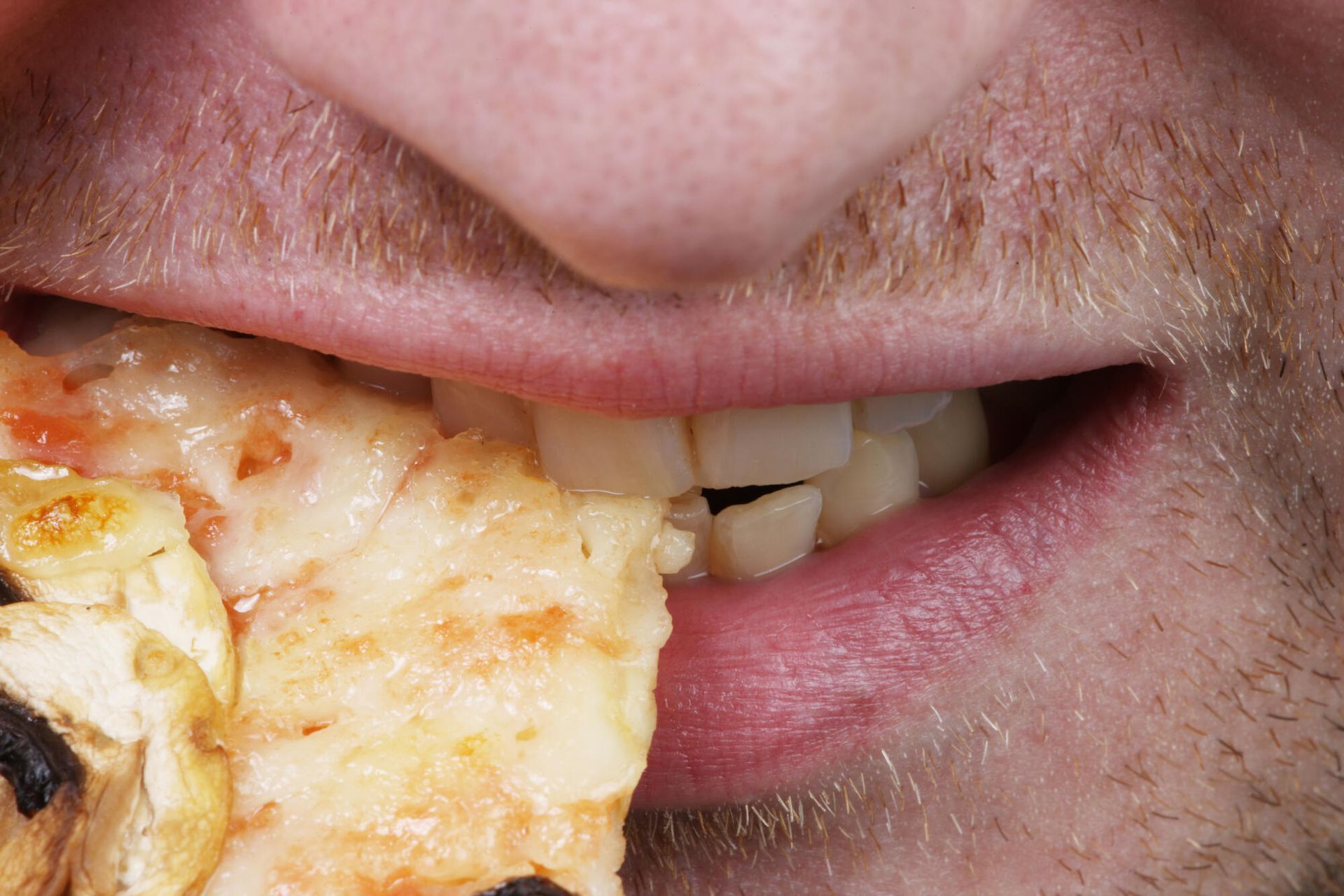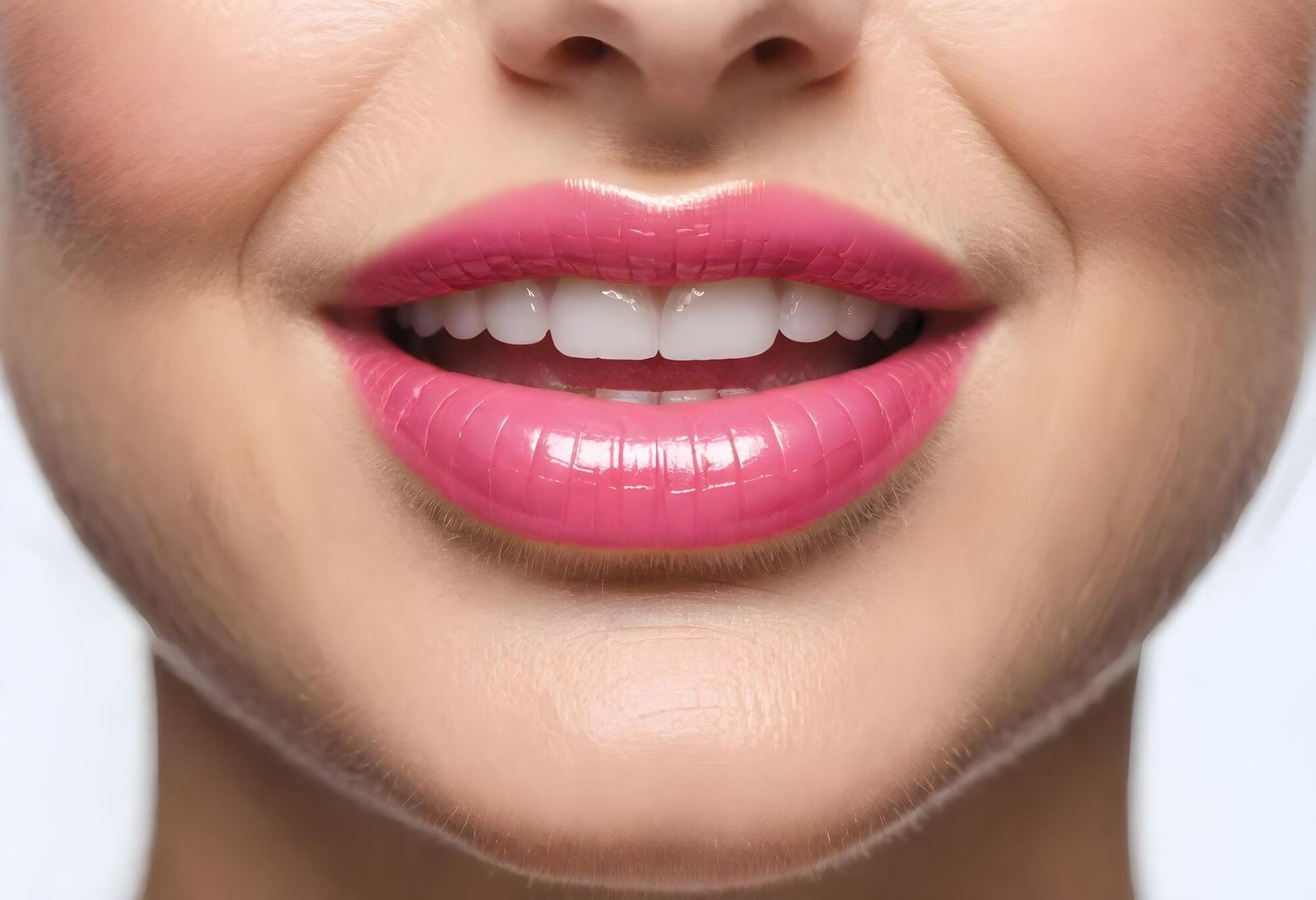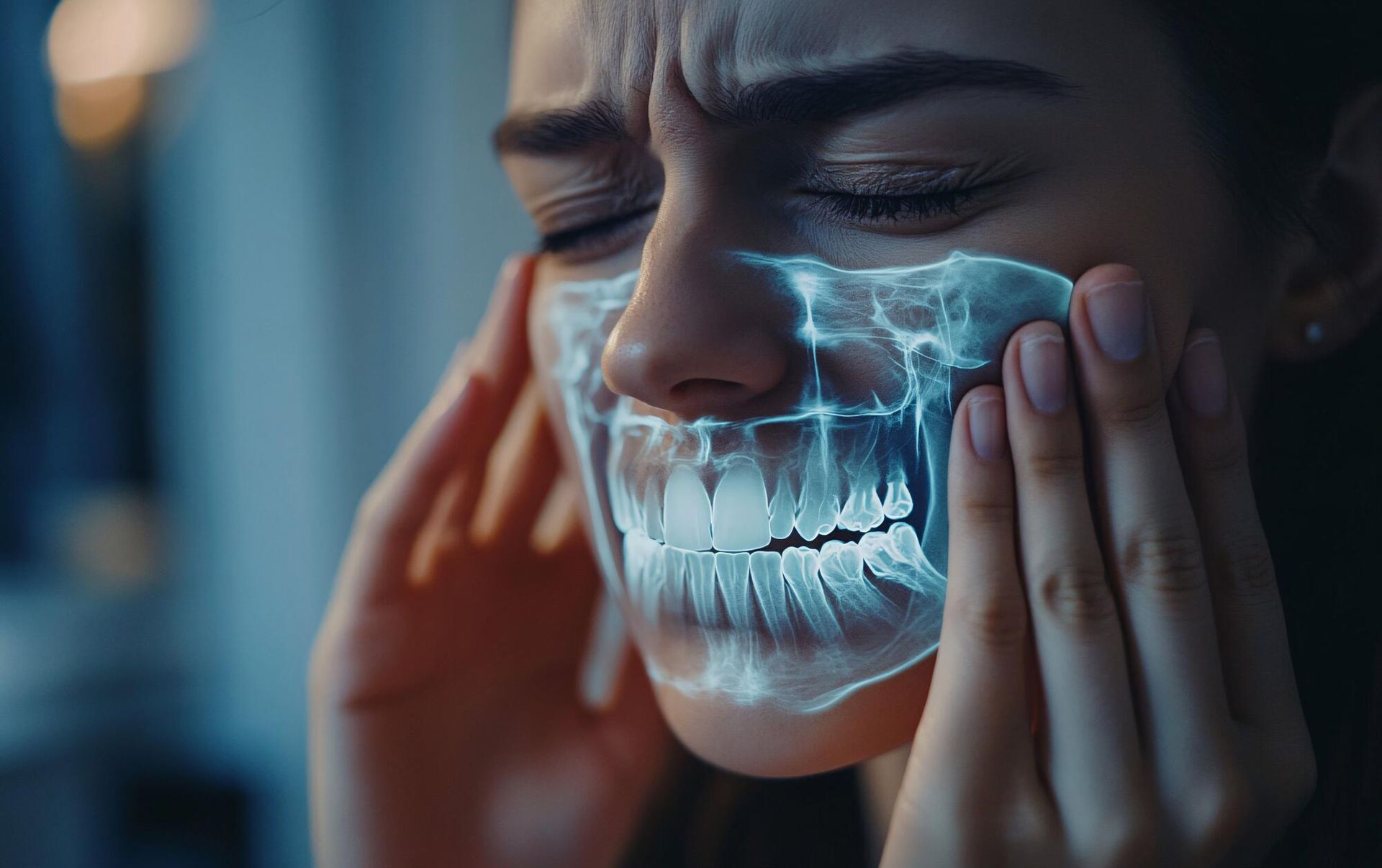5 Tips for Successful Temporomandibular Joint Dysfunction Self-Care

Having the right temporomandibular joint dysfunction self-care techniques at hand can help you alleviate pain, and prevent tension.
Living with TMD isn't easy. It can take a major toll on your ability to chew, talk, and smile. Persistent pain and discomfort can keep you from sleeping, impact your ability to concentrate, and ultimately make your day-to-day life less enjoyable.
We've talked before about steps you can take to prevent TMD symptoms from getting worse. For example, eating foods that require excessive chewing (think hard candies and raw salads) can overwork the TMJ and exacerbate TMD.
Today, we're going to talk about temporomandibular joint dysfunction self-care. What can you do at home between your TMD treatments to keep your jaw, joints, and muscles comfortable?
Read on for five self-care techniques you can use to alleviate TMJ issues like TMD.
1. Prioritize Stress Management
There is an increasing body of research linking stress and TMD. The two can create a sort of feedback loop, with symptoms of stress increasing TMJ issues and TMJ issues increasing stress. How can you stop the feedback loop and start experiencing relief?
There are several different approaches to stress management and experimenting to find what works is the best way to create lasting change. For example, many people benefit from professional counseling or therapy. Free or low-cost home remedies include meditation, yoga, aromatherapy, and somatic exercise.
You can use stress management tools daily to prevent stress from getting out of control. It's also important to pay attention to the signs of stress building in the body, especially when you're clenching your jaw or pushing your tongue against your teeth. Any time these signs arise, make a conscious effort to relax your jaw while taking deep breaths through the nose.
2. Work on Posture to Prevent Muscle Tension
Poor posture can create another TMD feedback loop. Studies have found that poor posture that causes the head to hang at a downward angle can contribute to TMD by putting mild but consistent pressure on the jaw.
Standing posture is often the easiest to correct. Stand up and bring your shoulders down and back so your shoulder blades rest against your lats. Slightly tighten your abdominal muscles while standing tall so that your spine is pulled into a straight line from your neck to your hips.
If you find it difficult or uncomfortable to maintain a straight spine while sitting or standing, you may need to loosen and strengthen the muscles in your shoulders, neck, and back. Neck rolls, shoulder rolls, spinal twists, and toe touches can help stretch muscles and increase mobility. Crunches and toe lifts can help to strengthen the abdomen for better posture support.
3. Stretch and Massage Your Jaw to Alleviate Pain
When TMD symptoms flare up, the joint can tighten and restrict your ability to open your mouth comfortably. When you're in between professional dental care visits, you can stretch and massage the area at home. While you don't want to over stress the temporomandibular joint, gentle stretching can increase mobility and alleviate tension in the jaw.
The kinds of stretches you perform will depend on the severity of your symptoms and the areas of the face and neck most impacted by TMD. One stretch that can bring most patients relief is the chin tuck. Sit up straight, relax your shoulders, and look straight ahead while moving your chin back to create a "double chin."
Self-massage can provide temporary relief when pain flares up or starts to cause secondary symptoms like headaches. Make sure to apply a thin layer of skin-safe oil to reduce friction so that you're massaging the muscles rather than pulling the skin. Use your index and middle fingers to apply a slow, steady, downward pressure to the painful areas, relaxing your jaw and breathing deeply.
4. Protect Your Jaw During Sleep
Many TMD patients wake up with their worst jaw pain and inflammation of the day. If this sounds familiar, it's time to work on TMD-friendly sleep hygiene in addition to seeking professional care. That means more than just trying to get a solid seven to nine hours every night (although this is also important).
If your jaw is stiff and painful in the morning, you're probably clenching or grinding your teeth while you sleep. The first step in reducing this action is getting fitted for a mouth guard. While you can buy mouth guards online, a custom-made mouth guard is going to provide a more comfortable fit, meaning you're more likely to keep wearing it.
Unfortunately, you may also need to work on developing a new sleeping position. TMD patients benefit from sleeping on their backs to keep the spine aligned and keep pressure off the jaw. If you sleep on your side, make sure that your head is resting on your pillow, not your hand or arm.
5. Get Cooking to Reduce Inflammation
As much as you might love snacking on raw vegetables like carrots or celery, it may be time to get your vitamins and nutrients a different way. Cooking your vegetables will soften them, making them much easier to chew. By cutting out that excessive chewing, you can reduce inflammation in temporomandibular joints.
You can also focus on eating inflammation-fighting foods for an added bonus. This includes olive oil, leafy greens, tomatoes, berries, and fatty fish. Mediterranean recipes, in particular, are known for their anti-inflammatory potential.
On the flip side, you may want to cut back on foods and other substances that can increase inflammation. This includes fried food, sugary drinks like soda, refined carbs, and red meat. Smoking cigarettes can also increase inflammation, and quitting can have a positive impact on your TMD symptoms.
Go Beyond Temporomandibular Joint Dysfunction Self-Care
TMD is a disruptive disorder to live with and symptoms can flare up often. Use this guide for at-home temporomandibular joint dysfunction self-care to experience fast relief when you need it. Over time, incorporating these steps can lead to long-term jaw health and comfort.
At-home care isn't the only tool to utilize when seeking TMD relief. Dr. Bernard Lynch, DMD, FAGD, LVIF, offers the full spectrum of dental care in Burke, including state-of-the-art TMD treatment and TENSing. Schedule a TMD consultation to learn about dental TENSing and other TMD treatments that we offer.












